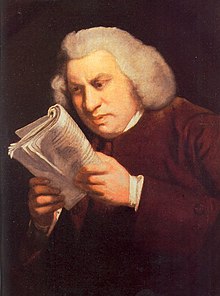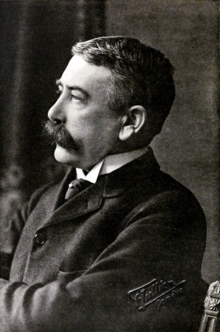Psychoanalytic literary criticism is literary criticism or literary theory that, in method, concept, or form, is influenced by the tradition of psychoanalysis begun by Sigmund Freud.

Literary theory is the systematic study of the nature of literature and of the methods for literary analysis. Since the 19th century, literary scholarship includes literary theory and considerations of intellectual history, moral philosophy, social philosophy, and interdisciplinary themes relevant to how people interpret meaning. In the humanities in modern academia, the latter style of literary scholarship is an offshoot of post-structuralism. Consequently, the word theory became an umbrella term for scholarly approaches to reading texts, some of which are informed by strands of semiotics, cultural studies, philosophy of language, and continental philosophy.
Herman Northrop Frye was a Canadian literary critic and literary theorist, considered one of the most influential of the 20th century.
Mimesis is a term used in literary criticism and philosophy that carries a wide range of meanings, including imitatio, imitation, nonsensuous similarity, receptivity, representation, mimicry, the act of expression, the act of resembling, and the presentation of the self.
Aristotle's Poetics is the earliest surviving work of Greek dramatic theory and the first extant philosophical treatise to focus on literary theory. In this text Aristotle offers an account of ποιητική, which refers to poetry and more literally "the poetic art," deriving from the term for "poet; author; maker," ποιητής. Aristotle divides the art of poetry into verse drama, lyric poetry, and epic. The genres all share the function of mimesis, or imitation of life, but differ in three ways that Aristotle describes:
- Differences in music rhythm, harmony, meter, and melody.
- Difference of goodness in the characters.
- Difference in how the narrative is presented: telling a story or acting it out.
Russian formalism was a school of thought literary theory in Russia from the 1910s to the 1930s. It includes the work of a number of highly influential Russian and Soviet scholars such as Viktor Shklovsky, Yuri Tynianov, Vladimir Propp, Boris Eichenbaum, Roman Jakobson, Boris Tomashevsky, Grigory Gukovsky who revolutionised literary criticism between 1914 and the 1930s by establishing the specificity and autonomy of poetic language and literature. Russian formalism exerted a major influence on thinkers like Mikhail Bakhtin and Juri Lotman, and on structuralism as a whole. The movement's members had a relevant influence on modern literary criticism, as it developed in the structuralist and post-structuralist periods. Under Stalin it became a pejorative term for elitist art.
New Criticism was a formalist movement in literary theory that dominated American literary criticism in the middle decades of the 20th century. It emphasized close reading, particularly of poetry, to discover how a work of literature functioned as a self-contained, self-referential aesthetic object. The movement derived its name from John Crowe Ransom's 1941 book The New Criticism.
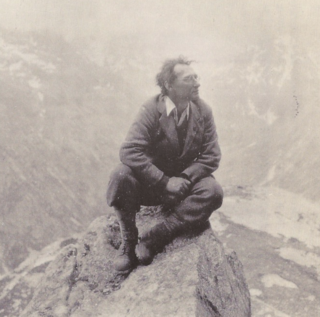
Ivor Armstrong Richards CH, known as I. A. Richards, was an English educator, literary critic, poet, and rhetorician. His work contributed to the foundations of the New Criticism, a formalist movement in literary theory which emphasized the close reading of a literary text, especially poetry, in an effort to discover how a work of literature functions as a self-contained and self-referential æsthetic object.
William Kurtz Wimsatt Jr. was an American professor of English, literary theorist, and critic. Wimsatt is often associated with the concept of the intentional fallacy, which he developed with Monroe Beardsley in order to question the importance of an author's intentions for the creation of a work of art.

Cleanth Brooks was an American literary critic and professor. He is best known for his contributions to New Criticism in the mid-20th century and for revolutionizing the teaching of poetry in American higher education. His best-known works, The Well Wrought Urn: Studies in the Structure of Poetry (1947) and Modern Poetry and the Tradition (1939), argue for the centrality of ambiguity and paradox as a way of understanding poetry. With his writing, Brooks helped to formulate formalist criticism, emphasizing "the interior life of a poem" and codifying the principles of close reading.
The Chicago School of literary criticism was a form of criticism of English literature begun at the University of Chicago in the 1930s, which lasted until the 1950s. It was also called Neo-Aristotelianism, due to its strong emphasis on Aristotle's concepts of plot, character and genre. It was partly a reaction to New Criticism, a then highly popular form of literary criticism, which the Chicago critics accused of being too subjective and placing too much importance on irony and figurative language. They aimed instead for total objectivity and a strong classical basis of evidence for criticism. The New Critics regarded the language and poetic diction as most important, but the Chicago School considered such things merely the building material of poetry. Like Aristotle, they valued the structure or form of a literary work as a whole, rather than the complexities of the language. Despite this, the Chicago School is considered by some to be a part of the New Criticism movement.
Formalism is a school of literary criticism and literary theory having mainly to do with structural purposes of a particular text. It is the study of a text without taking into account any outside influence. Formalism rejects or sometimes simply "brackets" notions of culture or societal influence, authorship, and content, and instead focuses on modes, genres, discourse, and forms.

Murray Krieger was an American literary critic and theorist. He was a professor at the University of Minnesota, the University of Iowa from 1963, and then the University of California, Irvine. In 1999, the University of California, Irvine dedicated a building, Murray Krieger Hall, to Krieger in recognition of his contributions to the school.
Ronald Salmon Crane was a literary critic, historian, bibliographer, and professor. He is credited with the founding of the Chicago School of Literary Criticism.
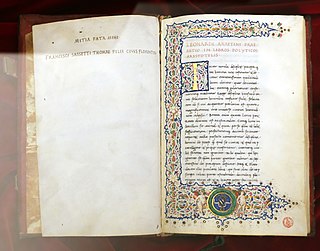
Poetics is the theory of structure, form, and discourse within literature, and, in particular, within poetry.
"The Frontiers of Criticism" is a lecture given by T. S. Eliot at the University of Minnesota in 1956. It was reprinted in On Poetry and Poets, a collection of Eliot's critical essays, in 1957. The essay is an attempt by Eliot to define the boundaries of literary criticism: to say what does, and what does not, constitute truly literary criticism, as opposed to, for example, a study in history based upon a work of literature. The essay is significant because it represents Eliot's response to the New Critical perspective which had taken the academic study of literature by storm during Eliot's lifetime. It also presents an analysis of some of its author's own poetic works, an unusual characteristic for modern criticism—it has become far more usual today for poets and critics to be in separate camps, rather than united in one individual. Perhaps even more importantly, it demonstrates the progress and change in Eliot's own critical thought over the years between 1919 and 1956.
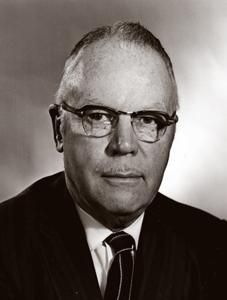
Gerald Frank Else was a distinguished American classicist. He was professor of Greek and Latin at University of Michigan and University of Iowa. Else is substantially credited with the refinement of Aristotelian scholarship in aesthetics in the 20th century to expand the reading of catharsis alone to include the aesthetic triad of mimesis, hamartia, and catharsis as all essentially linked to each other.

In Defense of Reason is a three-volume work of literary criticisms by the American poet and literary critic Yvor Winters. First published in 1947, the book is known for its meticulous study of metrical verse and for its examples of Winters' system of ethical criticism.
She'r-e Nimaa'i is a school of Modernist poetry in Iran that is derived from the literary theory of Nima Yooshij, a contemporary Iranian poet. Nima Yooshij revolutionized the stagnant atmosphere of Iranian poetry with the influential poem Afsaneh, which was the manifesto of She'r-e Nimaa'i. He consciously challenged all the foundations and structures of ancient Persian poetry. The nature of Mazandaran, social criticism, and humor are just a few examples of the themes that Nima Yooshij used in his poems. She'r-e Nimaa'i was the source of inspiration and growth of many great modern Iranian poets, including Sohrab Sepehri, Forough Farrokhzad, Mehdi Akhavan-Sales and Fereydoun Moshiri.

